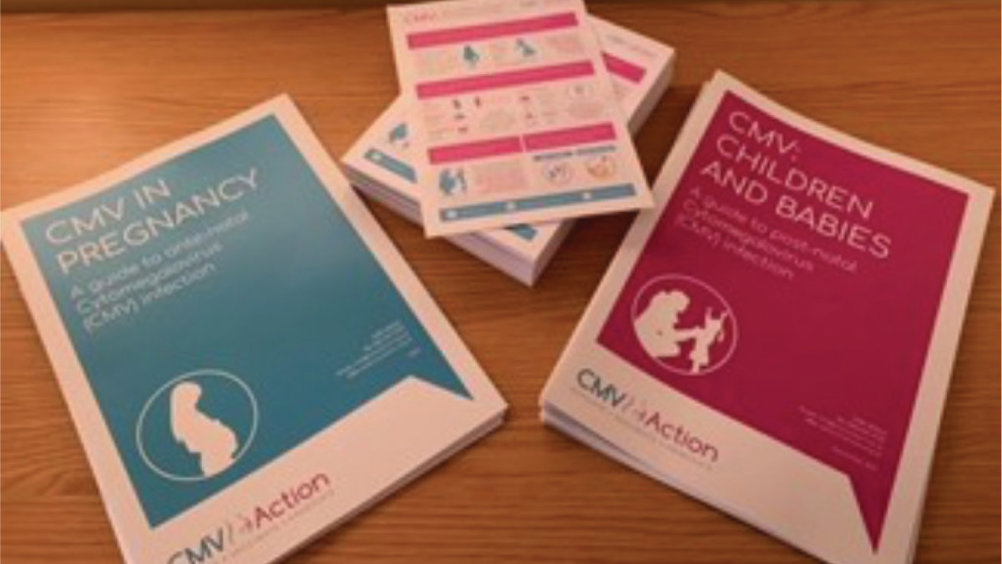References
Raising awareness of cytomegalovirus

Abstract
Sharon Wood, who works for the charity CMV Action, discusses cytomegalovirus, a common but often unknown risk during pregnancy
Coronavirus, the first global pandemic in 100 years, has monopolised the public's lives and thinking for over 2 years and everyone has become familiar with the health advice to regularly wash and sanitise their hands to help combat the spread of this disease. However, the charity CMV Action have long urged this simple practice to pregnant women and women planning a pregnancy in order to avoid another very common, but often unheard-of virus: cytomegalovirus or CMV.
Cytomegalovirus is a common virus that belongs to the herpes family and can infect people of all ages. Many people come into contact with cytomegalovirus during early childhood and it is thought that three of every five people in the UK have been infected (Tookey et al, 1992). As with other herpes viruses, the cytomegalovirus is ‘persistent’. Once a person has been infected, it stays in their body for life.
Healthy babies, children and adults who acquire cytomegalovirus will have few symptoms and no long-term health consequences. However, if a pregnant woman catches cytomegalovirus for the first time and passes it on to her unborn baby via the placenta (known as congenital cytomegalovirus or cCMV), it can have devastating results (CMV Action, 2022).
Register now to continue reading
Thank you for visiting British Journal of Midwifery and reading some of our peer-reviewed resources for midwives. To read more, please register today. You’ll enjoy the following great benefits:
What's included
-
Limited access to our clinical or professional articles
-
New content and clinical newsletter updates each month

